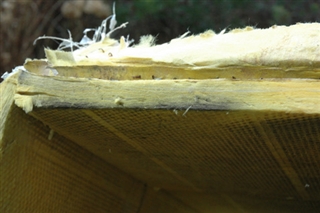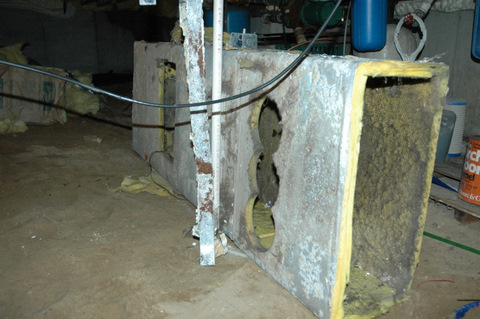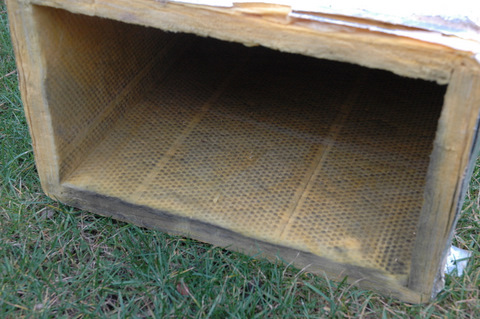Why Not Fiberglass?
 In 2002, we completed a long transition away from fiberglass board to become a 100% sheet metal shop. This switch was made possible by an investment in computer-aided design (CAD) and production technology, which allowed us to erase the price gap between metal and fiberglass ductwork.
In 2002, we completed a long transition away from fiberglass board to become a 100% sheet metal shop. This switch was made possible by an investment in computer-aided design (CAD) and production technology, which allowed us to erase the price gap between metal and fiberglass ductwork.
Why would we spend so much time and money to abandon fiberglass: a material that has been used in our industry for decades? Because it was the right thing to do.
 Over time, fiberglass duct board has proven itself prone to mold, mildew, and breakdown in Nantucket's brutally humid crawl spaces and attics. Backing our 30+ years of experience, scientific study has cast further doubt on the safety and utility of fiberglass in HVAC ductwork.
Over time, fiberglass duct board has proven itself prone to mold, mildew, and breakdown in Nantucket's brutally humid crawl spaces and attics. Backing our 30+ years of experience, scientific study has cast further doubt on the safety and utility of fiberglass in HVAC ductwork.
A University of California Indoor Air Quality Work Group report states:
"fiberglass duct liner, combined with dust, dirt and moisture, is a very good medium for microbial growth (examples: mold, fungus, Legionella bacteria). Microbial contamination in the HVAC system can cause serious long term odor nuisance and health effects for building occupants."
The same paper (download) continues:
"...[fiberglass] internal lining creates a resistance to airflow, causes static pressure drop, and is difficult to clean and maintain. It also reduces the capacity of the ductwork. Thus, the system requires more energy and has a higher long term cost."
We now exclusively install metal duct work and formaldehyde-free and non-carcinogenic external insulation. We wouldn't want fiberglass ductwork in our home, and we won't install it in yours either.
Fiberglass resources
Below are links to additional information on fiberglass duct and insulation.
US Environmental Protection Agency on the advantages of metal duct



